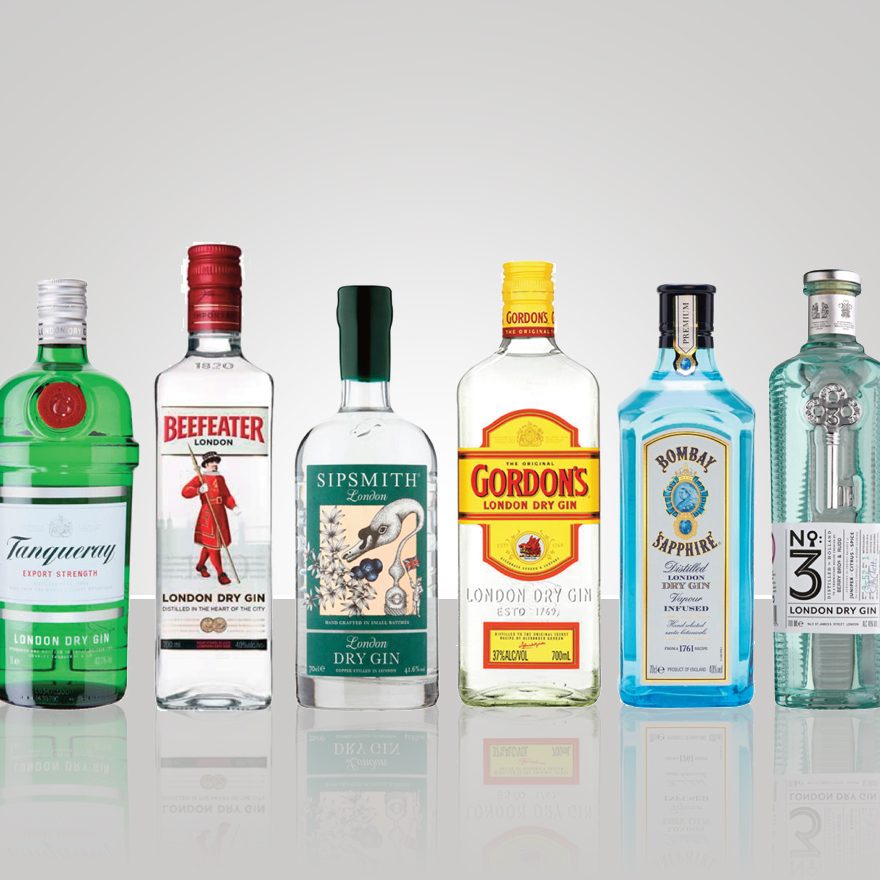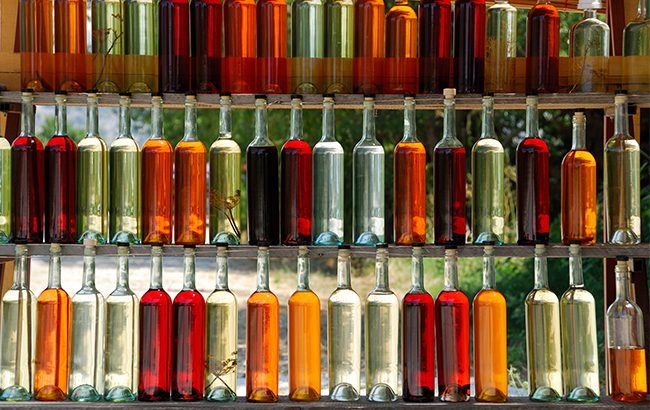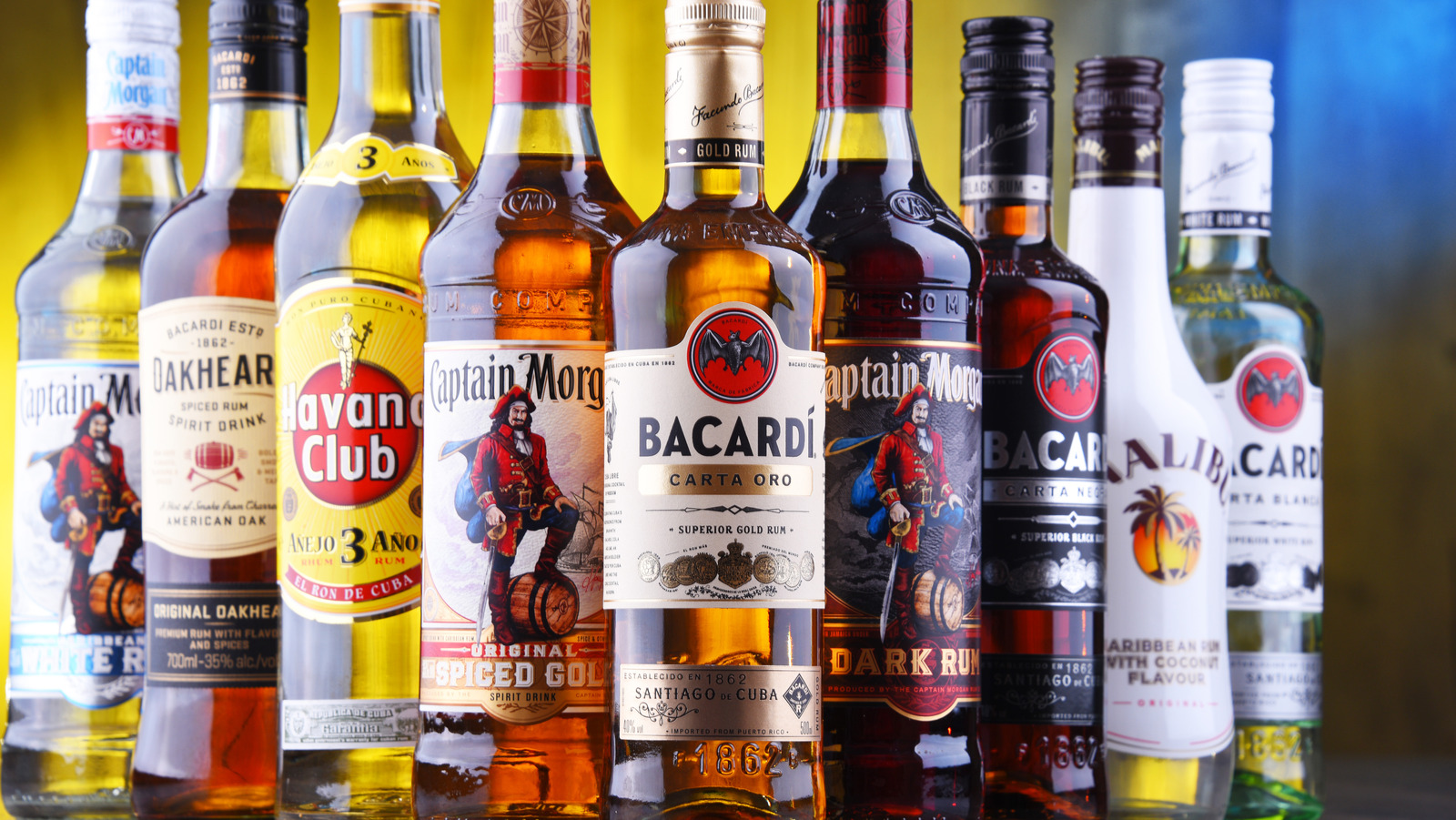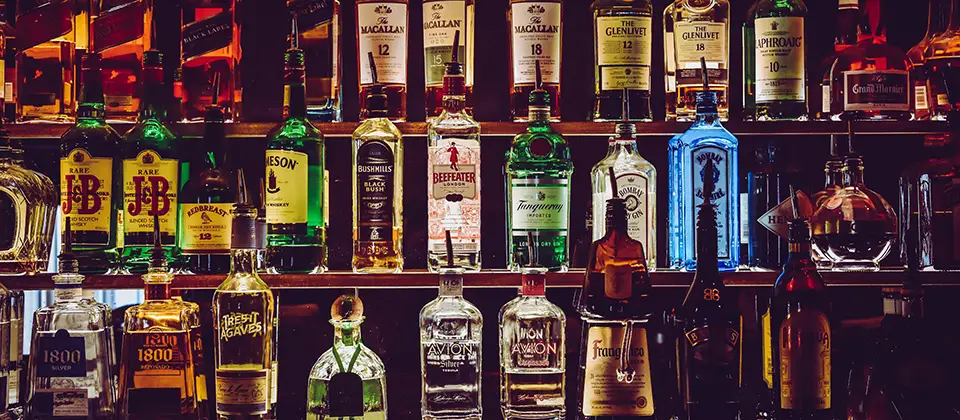As long as history can remember, humans have enjoyed the tangy, sometimes bitter, and sometimes sweet taste of alcoholic drinks from the time of the great pyramids to the age of ‘tik talks and ‘podcasts.’ People have come to consume tons of Ethanol, the only form of alcohol that can be consumed, although it still poses a great deal of health hazard to an individual who abuses its consumption.
Among the four known kinds of alcohol, denatured, rubbing, isopropyl, and ethyl, it is only the ethyl alcohol or ethanol that people consume. Ethanol is produced through the process of fermenting different grains, which can be distilled further or left alone and turned into what is enjoyed by many as alcoholic beverages like beer and wine.
The effects that Ethanol as an alcoholic drink has on the body can be said as one of the main reasons why one drinks it. Much like when a person is a coffee lover for the caffeine dose he or she gets, we can likely compare that a person drinks alcoholic beverages because of the temporary dopamine or the so-called “happy hormone” high that they get when they drink. But with everything and anything in the world, too much of something can still harm you or, even worse, kill you.
Table of Contents
ToggleAcids
Let’s talk about acids and PH levels for a while. Lessons from Science classes back at school would tell us that there are acids and bases around us. Acids are any chemical substance that gives off hydrogen ions and makes salts through the combination of certain metals. One more basic feature of acid is its sour taste and its ability to turn PH Strips red.
Top Least Acidic Alcoholic Drinks
Alcoholic beverages are created through the process of fermentation, and in that process, lactic acid is produced, which is a form of acid; hence some booze can be a bit more acidic than others depending on the type of raw material used to make it and the process it has undergone.
The fact remains, though, that some alcoholic beverages can have high acidic levels, and some effects that they can have on people are: damaging the tooth enamel, aggravating an already existing acid reflux, Gastroesophageal reflux (GER), and gastroesophageal reflux disease (GERD) problem that causes painful heartburns.
If, by chance, you have problems when it comes to acidic foods and beverages, here are some alcoholic beverages that contain the least amount of acid in them.
1. Gin

Top of this list is the ever-popular gin with a PH level of 7.40 it bears the reputation of being top of the least acidic alcoholic beverage available for those who have acid problems. This pale yellow to colorless beverage is crafted by distilling purified spirits from a mash of grains and juniper berries which gives it its distinct taste.
The very first gin hails from Holland, where a professor named Franciscus Sylvius purposely distilled genièvre, the French name of juniper berries, with some spirits to come up with a very cheap form of medicine infused with the diuretic qualities of juniper oil. What then started for medicinal purposes has since then gained popularity among soldiers who brought it home with them or to some place where they settled.
2. Malt and Lager Beers

Fermenting grains has been the oldest way and still stands as one of the original and more traditional ways of making alcoholic beverages. One of these is probably the drink of many, which is a gold old-fashioned ice-cold beer. Beer is usually from malt or malted barley that has undergone the process of germination.
Lager beers, on the other hand, are also made from barley grains except it being germination. Beers like Malt and Lager have around a PH balance of 4.00-5.00 and are slightly not that too acidic.
3. Ale
:max_bytes(150000):strip_icc()/GettyImages-124337728-54792ce5292a4fb3847157d6c3b97450.jpg)
Part of the large fermented beer family and probably the oldest kind of beer, the ale is also part of the list as one of the least acidic alcoholic beverages there are. Ales are beers that are brewed with a kind of yeast that tends to gather on the top of the fermenting barrel, which gives it a significant difference to that from lager beers as lagers tend to be fermented with a kind of yeast that ferments at the bottom of the barrel which gives it a crisper quality.
Ale has a PH balance set at 3.00, which is slightly lower than malt or lager but ends in a higher range of 6.00 which makes it a little in between but is still less acidic than other alcoholic drinks.
4. Liqueurs

Non-drinkers might have liquors with that of liqueurs and might think that this is simply a type of spelling mistake or a form of American versus British spelling difference like color for Americans and color for the Brits. But contrary to that, liqueurs are different in composition and usage.
Liqueurs are used mainly as flavor additives to some cocktail mixes although liqueurs are, in simpler terms, liquors with sugar and flavors added to them and are more often than not found in the lower ranges of alcohol proof, and they have a PH balance that ranges between 5.00 to 5.50 with some brands reaching even a PH level of 8.20.
5. Tequila

A well-known and loved Mexican drink, tequila also comes in on the list as one of the least acidic alcoholic drinks when in pure form and with no other additives like lime that might make it acidic otherwise. Tequila is distilled from the fermented sugar obtained from cooking the blue agave plant. It is also one of the oldest kinds of alcoholic drink as it is believed to have already existed way back 250-300 A.D. in the Aztec kingdom for ceremonial purposes. Tequila has a PH level of 5.00, and its sugar content makes it less acidic in its pure form.
6. Rum

It has been said that rum is the oldest spirit and the very first to be distilled and manufactured for non-medical purposes. It has about 70 calories per shot and is known to be cholesterol, fat, and sodium free with a PH level of around 5.00; it stands to be one of the least acidic alcoholic beverages.
Conclusion
No matter what type of booze you are into, the fact remains that responsible drinking in moderation helps regulate alcohol intake and the effects of alcohol on the body.

I am a passionate beer connoisseur with a deep appreciation for the art and science of brewing. With years of experience tasting and evaluating various beers, I love to share my opinions and insights with others and I am always eager to engage in lively discussions about my favorite beverage.
















